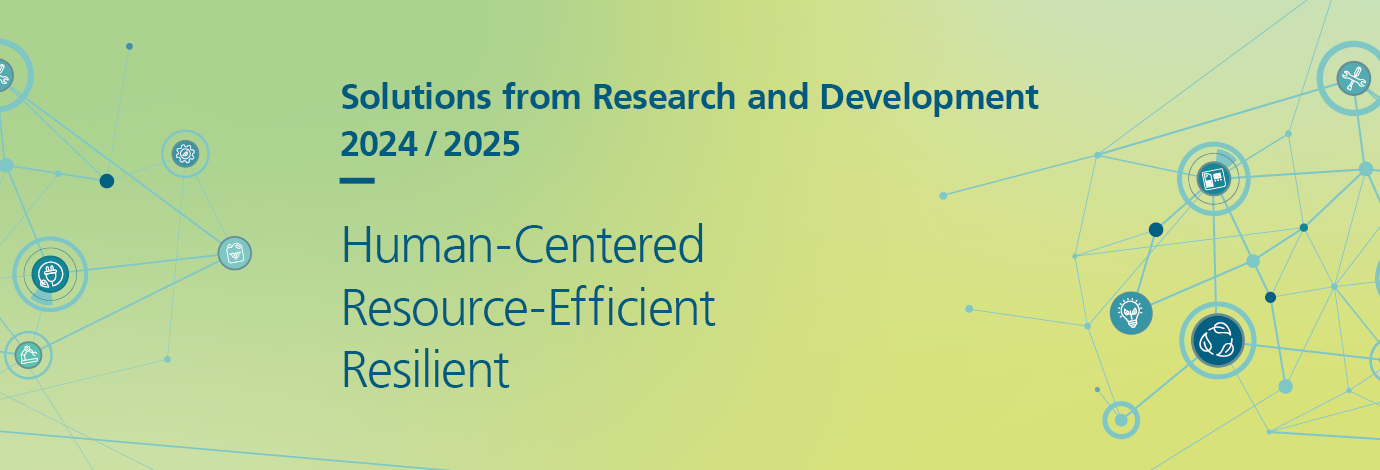Sustainability has many aspects. Using resources sparingly not only protects the company's bottom line. Businesses that operate with less energy and other raw materials in their production benefit financially and at the same time make an important contribution to securing the future of our planet. If this alone is not a strong enough incentive, legal regulations require companies to reduce greenhouse gas emissions or make products traceable.
The starting points for sustainable product and production design are found very early in the product life cycle. Companies can maximize their impact if they consider how and from where raw materials and semi-finished products are procured or under what conditions a product will be manufactured already during product development. At Fraunhofer IPK, we research methods, tools, technologies and materials in order to design products sustainably throughout their entire life cycle – all the way to true circularity.
In this context, we are particularly concerned with increasing the international competitiveness of Germany as a production location. High energy costs, strict CO2 regulations and other regulatory requirements confront companies in Germany and Europe with major challenges. We enable companies to implement regulations, not least to ensure the greatest possible transparency for customers and partners. And we create solutions to future-proof established industries during transformation processes – a good example is the automotive sector.
 Fraunhofer Institute for Production Systems and Design Technology
Fraunhofer Institute for Production Systems and Design Technology


